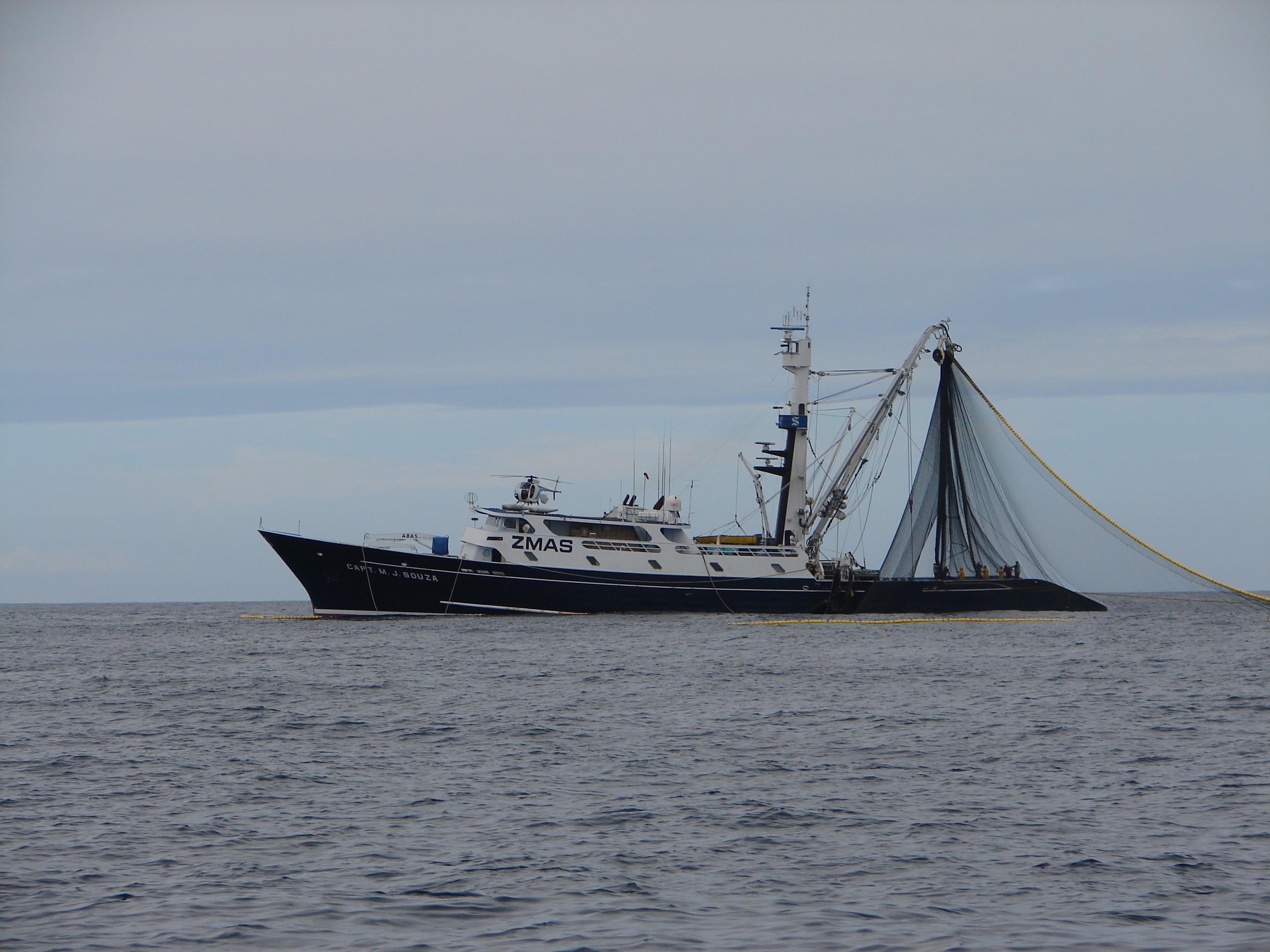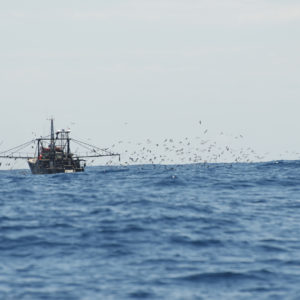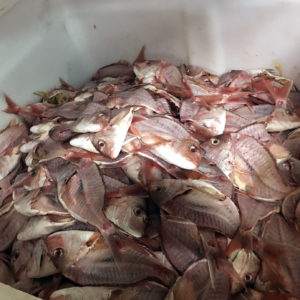A recent government report on the state of our marine environment raises legitimate concerns about the lack of information on fishing levels, the impacts of fishing, and that fishing has become more industrialised.

The report, Environment Aotearoa 2019 was a joint initiative by the Ministry for the Environment and Stats NZ. The report authors make a critical observation that neatly captures our concerns: “Because of an incomplete understanding of the cumulative effects of fishing on the marine environment, it is unclear if the current levels of fishing are sustainable”.
They go on to say, “Interviews with kaitiaki around New Zealand revealed a common concern that the abundance and diversity of kaimoana [seafood] have declined along much of the coastline and inshore fisheries in the past 30-50 years”.
This is a significant finding given that Fisheries New Zealand and its predecessors have not dared to acknowledge this situation.
Kaitiaki care for their local waters, practising traditional conservation and passing on knowledge that was passed to them from their elders. Most coastal communities will have older people who can share stories of abundance from days past yet all this knowledge is treated as ‘anecdotal’ and not taken into account in stock assessments.
From a LegaSea perspective the report raises major concerns for our fish and for all New Zealanders given our reliance on the sea for our social, economic and cultural wellbeing.
Healthy marine environments provide essential benefits such as ecosystem services that are not easy to measure. These ecosystems provide food and refuge, especially for juvenile fish, while absorbing contaminants. If habitats are lost or degraded, the feeding, breeding and migration behaviours of species are threatened.
Fishing also has long-term and wide-ranging effects on species and habitats. The capture of unwanted species such as seabirds and marine mammals is often referred to as bycatch. These captures are decreasing in some areas, but remains a significant pressure on some populations.
About 24 percent of the fishable area has been trawled since 1990. Some areas have been trawled every year for 27 years. Shallow areas, which support the greatest natural diversity, are trawled more extensively than deeper areas, with varying impacts depending on fishing intensity, gear type, and vulnerability of habitat.
Of major concern is the news that new ground is being broken in, trawled for the first time. This is a double whammy for our fisheries. Firstly, because the report notes that fishing is becoming more industrialised. Secondly, because we already know that some of our staple fish stocks which are targeted by trawlers are struggling. This includes tarakihi on the east coast of New Zealand, hoki on the west coast, and snapper on the northeast coast of the North Island.
This latest report is a breath of fresh air in terms of its revelations. It is now up to us to recognise the warning signs and commit to reducing our impact on the marine environment so it can sustain us and our fisheries in the future.





